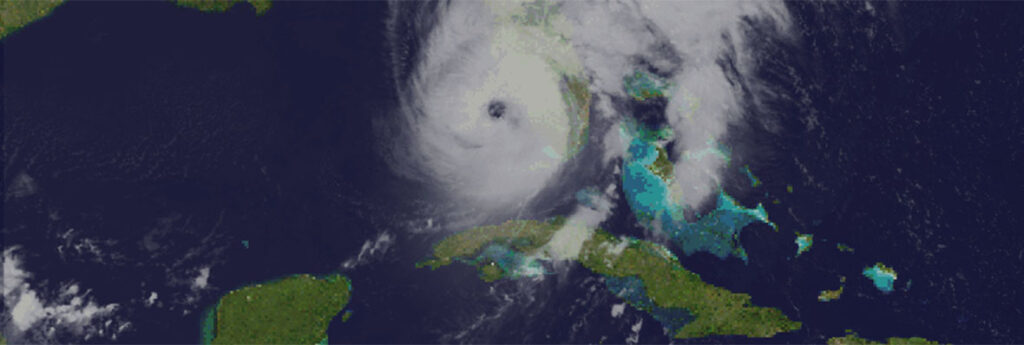Cuba’s tourist board in Canada is reporting that the island’s tourist hotel zones were not affected by the passing of Hurricane Ian earlier this week and that all airports are open and the country “full operational.”
Moreover, despite electricity being knocked out across the island, Lessner Gomez, Director of The Cuba Tourist Board in Toronto, said, “We want to reassure Canadians that the hotels… have their own generators, and they are operating normally.”
Cuban officials said they had begun to restore some power early Wednesday and lights started to flicker on in the capital, Havana, but other parts of western Cuba remained without power. It was the first time in memory – perhaps ever – that the whole island had lost power.
On Tuesday, Ian made landfall as a Category 3 storm on the island’s western end, devastating Pinar del Río province, where much of the tobacco used for Cuba’s iconic cigars is grown.
Tens of thousands of people were evacuated and others fled the area ahead of the arrival of Ian, which caused flooding, damaged houses and toppled trees. State media reported two deaths in the province: a woman killed by a falling wall and another by a collapsed roof.
Winds damaged one of Cuba’s most prestigious tobacco farms, Finca Robaina.
“It was apocalyptic, a real disaster,” said Hirochi Robaina, owner of the farm that bears his name and that his grandfather made known internationally.
Cuban President Miguel Díaz-Canel visited the affected region, telling the population, “Although the first impact is very painful, there’s nothing to do but overcome the adversity.”
Officials had set up 55 shelters and took steps to protect crops, especially tobacco.
The US National Hurricane Center said Cuba suffered “significant wind and storm surge impacts” when the hurricane struck with top sustained winds of 205 kph.
Local government station TelePinar reported heavy damage at the main hospital in Pinar del Rio city and videos on social media showed downed power lines and cut off roads in the provinces of Pinar del Rio, Artemisa and Mayabeque.
“The town is flooded,” said farmer Andy Muñoz, 37, who lives in Playa Cajío in Artemisa. He said many people lost their belongings due to the storm surge.

